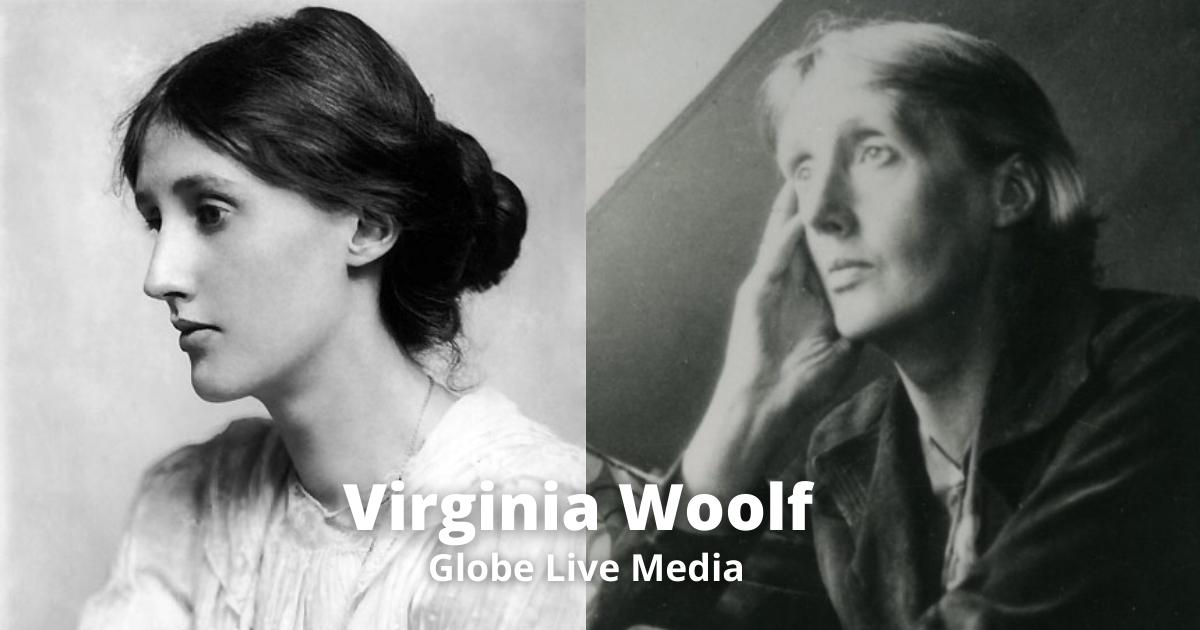Virginia Woolf – British Writer
(Adeline Virginia Stephen; London, UK, 1882 – Lewes, id., 1941) British writer. The name of Virginia Woolf appears along with that of James Joyce , Thomas Mann or Franz Kafka among the great renovators of the modern novel. Experimenting with the temporal and spatial structure of the narrative, he perfected the interior monologue in her novels, a procedure that attempts to represent the thoughts of a character in their original form, in their unconscious flow, as they arise in the mind.
Most Famous Works of Virginia Woolf
Some of her most famous works, such as Mrs. Dalloway (1925), To the lighthouse (1927) or The waves (1931), exemplify this resource through a powerful narrative language in which the rational and the irrational world are perfectly balanced.
Woolf was also a pioneer in the reflection on the condition of women, feminine identity and women’s relationships with art and literature, which she developed in some of her essays; Among them, it stands out for the repercussion that A Room of Its Own (1932) would later have for feminism. Not only did she address this issue in her essays, but he also did so in novels such as the disturbing and mysterious Orlando (1928), in which the differences between the male and female condition embodied in the protagonist, an aristocrat endowed with the power to transform into a woman.
Daughter of Sir Leslie Stephen, a distinguished critic and historian, Virginia Woolf grew up in an environment frequented by literati, artists and intellectuals.
Virginia Woolf’s father died in 1905
After the death of her father, in 1905, she settled with her sister Vanessa – a painter who would marry the critic Clive Bell – and her two brothers in the London borough of Bloomsbury, which became a meeting place for former university colleagues from her older brother, among whom were intellectuals of the stature of the writer EM Forster , the economist JM Keynes and the philosophers Bertrand Russell and Ludwig Wittgenstein, and which would become known as the Bloomsbury group. Common elements of this heterogeneous intellectual elite were the search for knowledge and aesthetic pleasure understood as the highest task to which the individual must tend, as well as a political and moral anti-conformity.
Virginia Woolf married to Leonard Woolf
In 1912, when she was thirty years old, she married Leonard Woolf, an economist and also a member of the group, with whom she founded the famous Hogarth Press in 1917, which edited the work of Virginia herself and that of other relevant writers, such as Katherine Mansfield. , TS Eliot or Sigmund Freud.
Her first novels, Round Trip and Night and Day, they already show the intention of the writer to break the narrative molds inherited from previous English novels, especially the subordination of characters and actions to the general plot of the novel, as well as the descriptions of environments and traditional characters; however, these early titles hardly deserved critical consideration.
Only with the publication of Mrs. Dalloway and Alfaro did critics begin to praise her literary originality. In these works, the technical mastery and experimental eagerness of the author already call attention, who also introduced a style and images until then more typical of poetry in novelistic prose. With action and intrigue gone, her narratives strive to capture the changing and elusive life of consciousness.
Influenced by Henri Bergson’s philosophy, she experimented with special interest with narrative time, both in its individual aspect, in the flow of variations in the character’s consciousness, and in its relationship with historical and collective time. Thus, Orlando constitutes a free fantasy, based on some passages in the life of her friend and also writer Vita Sackville-West, in which the protagonist lives five centuries of English history. In The Waves she presents the “stream of consciousness” of six different characters, that is, the preconscious stream of ideas as it appears in the mind, as opposed to the logical and well-thought-out traditional monologue.
Virginia Woolf Wrote a Series of Essays
Virginia Woolf also wrote a series of essays that revolved around the condition of women, in which she highlighted the social construction of female identity and vindicated the role of the female writer, as in A Room of My Own . She also stood out as a literary critic, and was the author of two biographies: an amusing recreation of the life of the Browning through the eyes of their dog ( Flush ) and another on the critic Robert Fry ( Fry ). In one of the attacks of a mental illness that had forced her to be admitted on several occasions throughout her life, on March 28, 1941, she disappeared from her country house, until days later her body was found in the Ouse River.

